Challenge: Nuclear Weapons
The threat of nuclear confrontation is growing. But even unused, nuclear weapons have a destructive impact. What will it take for world leaders to abandon nuclear arms? And how can you help?
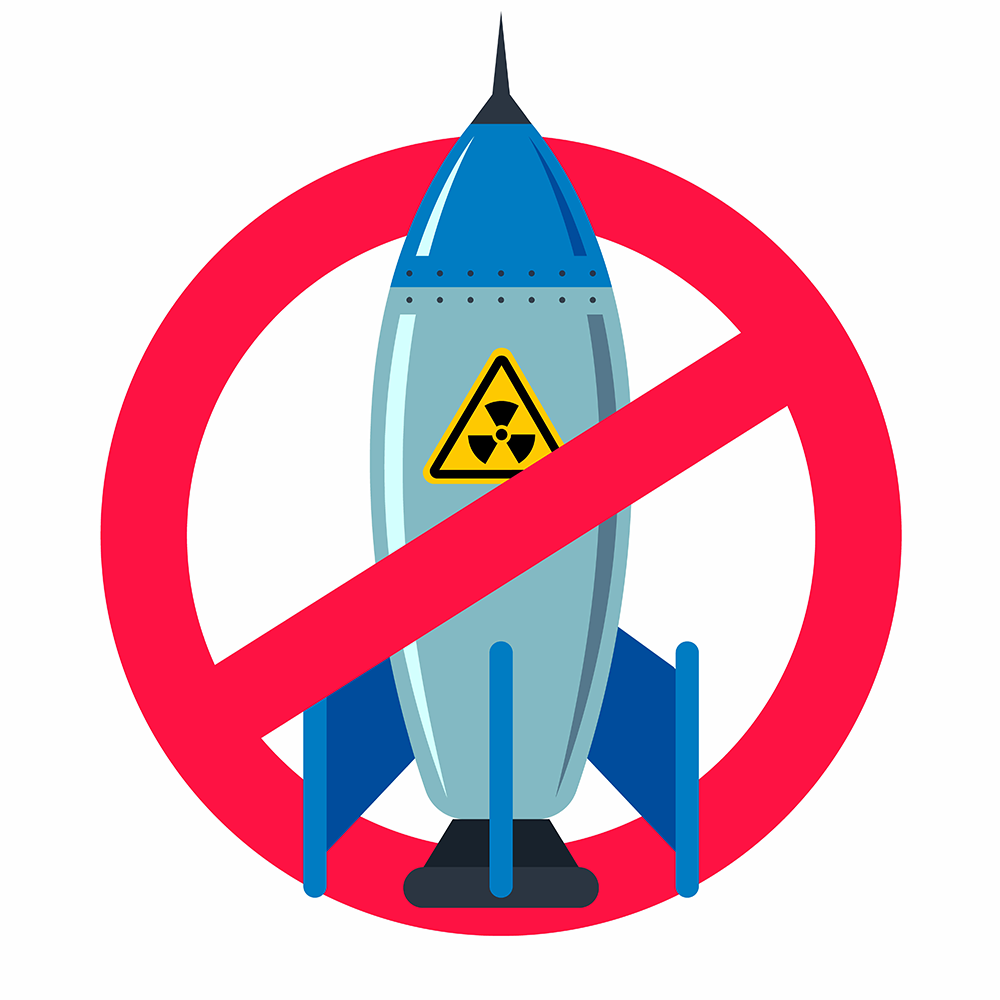
The threat of nuclear confrontation is growing. But even unused, nuclear weapons have a destructive impact. What will it take for world leaders to abandon nuclear arms? And how can you help?

Only the President can order the launch of nuclear weapons. The President is not required to consult with anyone, and, if the President orders a launch, no one has the authority to rescind the order.
“The President has sole authority to launch nuclear weapons.” We hear this a lot, but what exactly does it mean? How exactly a nuclear weapon is launched is largely unknown by the American public. But it’s important in order to understand just how fragile the nuclear launch procedure actually is.
Consider this scenario. One afternoon, the U.S. nuclear command and control system detects incoming Russian missiles headed toward the U.S. By the time the President is notified, key officials from the Department of Defense have approximately one minute to brief the president. After that, the President has about seven minutes to confer with his advisors, decide if the U.S. will retaliate, and which pre-packaged response option to retaliate with. That’s it. Seven minutes to discern whether or not the attack is real. Seven minutes to decide if it is worth it to start a nuclear war.

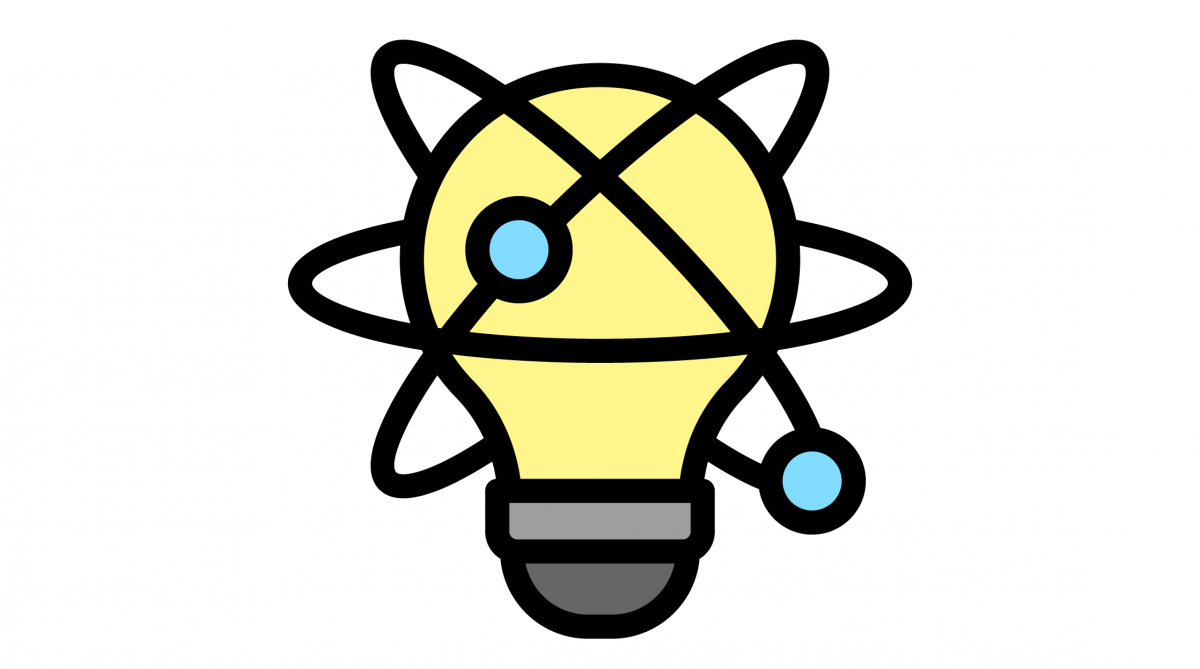
Datayo is an open source platform to identify, track, understand and address emerging threats to humanity.
What is possible with data?
More information, more effectively leveraged, can lead to better outcomes in the international security sphere in general and the nonproliferation domain in particular. When analyzed, visualized, and translated into stories data has the power to drive attention and force global actions that are just and equitable.
What we do: Reduce the threat of nuclear conflict.
Users can set alerts and follow topics based on geography or areas of interest.
Datayo connects communities and countries to the information they need to reduce the biggest threat to humanity.
Data types previously thought to be incompatible can be fused to reveal new insights.


Brokering new (and even unlikely) relationships between experts from diverse fields is core to N Square’s work. Our partnerships with Singularity University, PopTech, Games for Change, and others have brought funders and nuclear threat experts together with pioneers in advanced sensor technology, blockchain, quantum computing, data analytics, and augmented reality. Novel teams have emerged from these moments of new connection. Click through for a few examples of how these partnerships are paving new pathways toward greater innovation in the nuclear threat field.
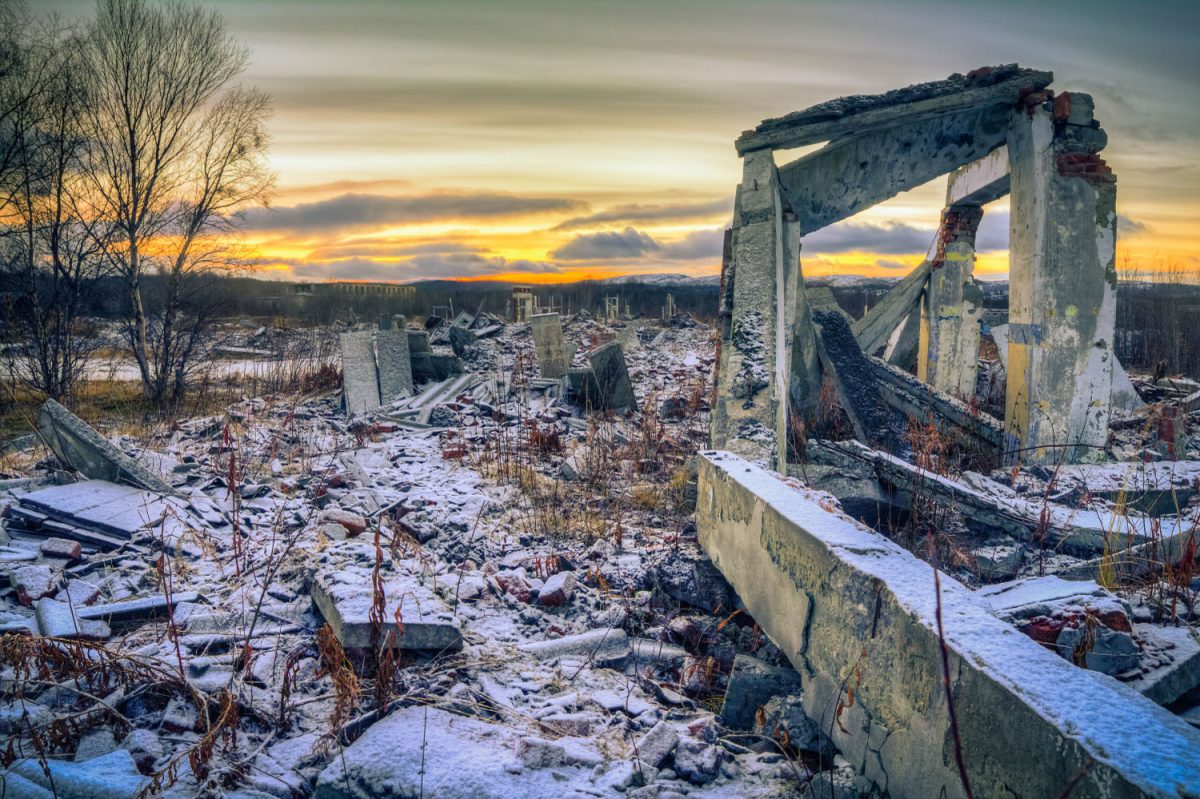
A nuclear war using as few as 100 weapons anywhere in the world would disrupt the global climate and agricultural production so severely that the lives of more than two billion people would be in jeopardy from mass starvation.
The second edition of IPPNW’s report Nuclear Famine: Two Billion People at Risk—Global Impacts of Limited Nuclear War on Agriculture, Food Supplies, and Human Nutrition explains how even the relatively small nuclear arsenals of countries such as India and Pakistan could cause long lasting, global damage to the Earth’s ecosystems.
Among the specific findings in Nuclear Famine (2012):
Subsequent findings, published in 2013, paint an even grimmer picture:
“The prospect of a decade of widespread hunger and intense social and economic instability in the world’s largest country has immense implications for the entire global community, as does the possibility that the huge declines in Chinese wheat production will be matched by similar declines in other wheat producing countries.,” said the report’s author, Dr. Ira Helfand.
Addition studies by IPPNW partners, including Rapidly expanding nuclear arsenals in Pakistan and India portend regional and global catastrophe, published in 2019, shows that our original prediction was based on 5 million tons of soot – it now appears there would be 15 to 35 million. This new finding indicates that there will be an even greater negative impact on global food production.
Listen to Dr. Ira Helfand outline nuclear famine:
Nuclear Famine is the second IPPNW publication to address the global health and environmental consequences of a nuclear war using only a fraction of the more than 15,000 nuclear weapons in the world today. Zero is the Only Option: Four Medical and Environmental Cases for the Eradication of Nuclear Weapons, published in 2010, describes the severe climate disruption that would result from a “limited” nuclear war, and summarizes the medical consequences of blast, heat, and radiation from nuclear explosions.
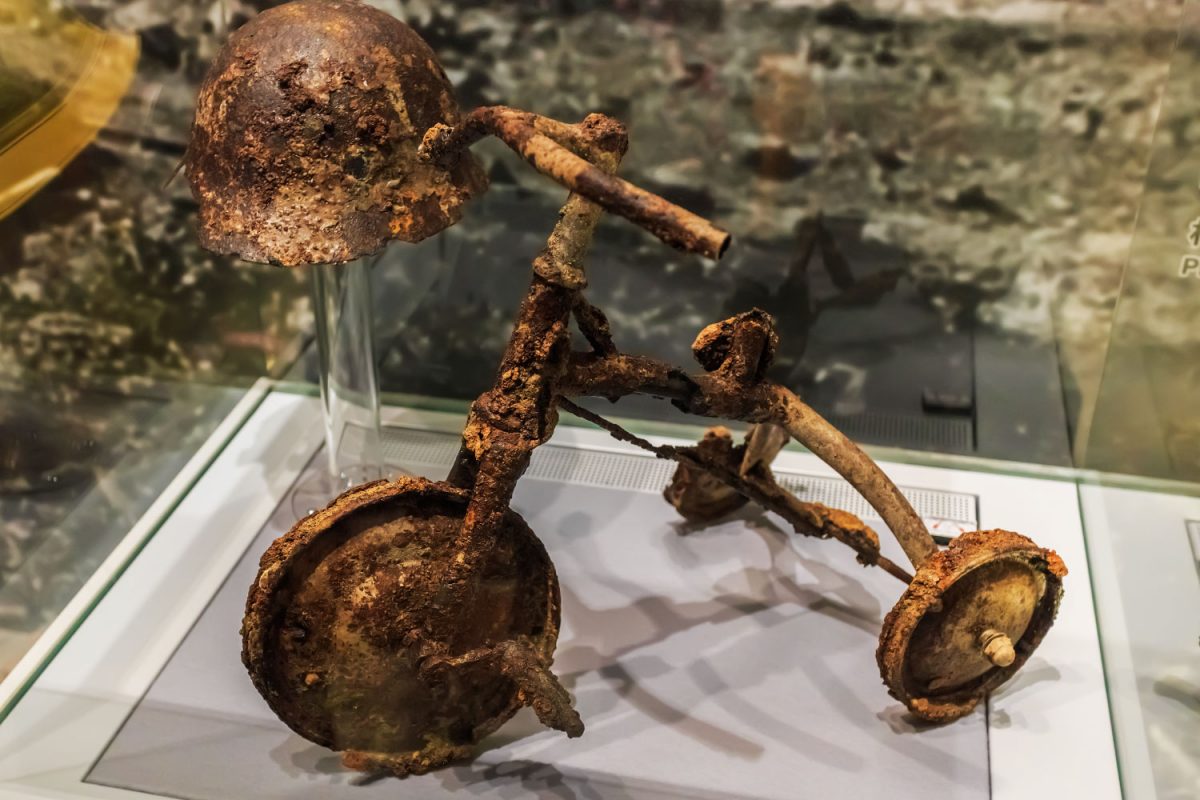
Nuclear weapons are the most devastating instruments of mass murder and environmental destruction ever created. Humanity might well not survive a nuclear war using even a fraction of the arsenals in existence today.
Unlike the consequences of natural disasters such as massive earthquakes, hurricanes, and volcanic eruptions, the thousands of casualties and the catastrophic damage from nuclear weapons use—including lethal harm from radiation and global climate disruption—are the result of human decisions. These consequences can and must be prevented by informed human action to ban and eliminate nuclear weapons.
IPPNW has compiled and presented the medical and scientific evidence about the consequences of nuclear war in order to support the case for effective steps to ban and eliminate nuclear weapons. While the science behind the blast, heat, radiation, and environmental damage produced by nuclear explosions is complex, the essential facts are easy to understand.
Why are nuclear weapons are in a class by themselves, and why do we have to consider them separately from other weapons that kill and destroy on a large scale?
Nuclear Famine: climate effects of regional nuclear war
Online Resource: The humanitarian impact of nuclear weapons (HINW)
IPPNW campaign kit: Banning Nuclear Weapons: The Humanitarian Facts

The 12.5-kiloton bomb detonated over Hiroshima decimated the city and created ground temperatures that reached about 7,000 degrees Celsius. Of the 76,000 buildings in the city, 92% were destroyed or damaged. There were more than 100,000 deaths and approximately 75,000 injuries among a population of nearly 250,000. Of the 298 physicians in the city, 270 died or were injured and 1,564 of 1,780 nurses died or were injured.
The 21-kiloton bomb detonated over Nagasaki three days later leveled 6.7 square kilometers (2.6 square miles). There were 75,000 immediate deaths and 75,000 injuries, and health consequences for the population of the city that were similar to those of Hiroshima.
The current situation
Today’s nuclear weapons are much larger and much more powerful. Nine nuclear-armed states possess more than 14,000 warheads—about 93% of them in the arsenals of the US and Russia—deployed on missiles, submarines, and aircraft. Thousands of them are ready to be launched on short notice. Scottish CND has estimated that the 40 nuclear warheads on a single Trident submarine, if targeted on Moscow, could kill more than five million people.
A regional nuclear war between India and Pakistan could kill 12 million people outright, injure another seven million, and cause global climate disruption and a “nuclear famine.” A nuclear war between the US and Russia could kill 200 million people or more, and cause a global “nuclear winter” with no survivors.
Find out what would happen if a nuclear bomb detonated in your city via this interactive calculator by the Outrider Foundation.
Physical effects of nuclear weapons
The physical effects of nuclear weapons include a heat (thermal) wave, a blast wave, an electromagnetic pulse, the release of ionizing radiation, and the production of radioactive isotopes in fallout.
Blast and burn effects
Even a single nuclear explosion over a city can kill tens of thousands — even hundreds of thousands — of people immediately. Massive overpressures destroy most buildings; temperatures exceeding thousands of degrees Celsius incinerate all flammable materials; intense winds create firestorms. A nuclear war with weapons in existing arsenals could kill more people in a single day than were killed during the entire Second World War.
More about blast and burn effects of nuclear weapons
Radiation effects
Nuclear weapons release ionizing radiation as a result of the uncontrolled chain reaction of fissile materials. Exposure to radiation—including fallout from nuclear explosions—causes acute and long-term illnesses that are often deadly, as well as genetic and inter-generational health effects.
More about radiation effects of nuclear weapons
Environmental destruction
A limited, regional nuclear conflict involving only 100 Hiroshima-size nuclear weapons would severely disrupt the global climate and agriculture for two decades or more. The resulting food shortages would place at least two billion people at risk of starvation. The massive arsenals held by the US and Russia can create a nuclear winter, destroying Earth’s fundamental ecosystems, on which all life depends.
More about climate impacts of nuclear war, including nuclear famine
IPPNW study: Nuclear famine: two billion people at risk (PDF)
No meaningful response
Nuclear weapons eradicate the social infrastructure required for recovery from conflict. Roads and transportation systems, hospitals and pharmacies, fire fighting equipment, and communications would all lie in rubble throughout a zone of complete destruction extending for miles. The International Committee of the Red Cross and other major disaster relief agencies have said they would be unable to respond in any meaningful way to help the survivors of a nuclear war.
More about futility of medical response to nuclear war
IPPNW video: Why an emergency response to a nuclear attack is impossible
Nuclear weapons violate international humanitarian law
Nuclear weapons are indiscriminate in their effects. They cannot distinguish between military and civilian targets, or between combatants and non-combatants. This is considered a violation of International Humanitarian Law (IHL), according to both the Geneva Conventions and the International Court of Justice (ICJ).
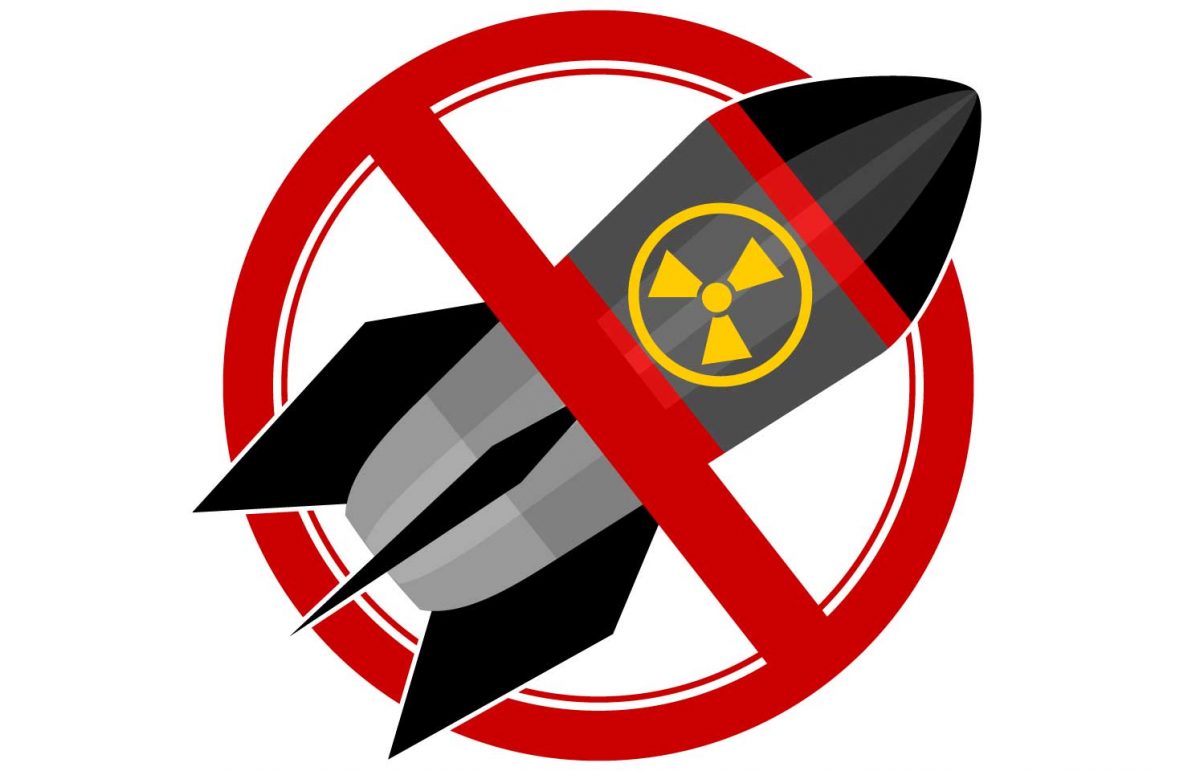
Physicians first confronted the medical consequences of the use of nuclear weapons while struggling to care for the victims of the US atomic bombings of Hiroshima and Nagasaki in 1945. A decade later, doctors found heightened levels of strontium 90 and iodine 131 in children and adults as a result of radioactive fallout from atmospheric nuclear weapons tests.
In 1962, a group of American physicians including Bernard Lown, Jack Geiger, and Victor Sidel documented the full range of medical consequences of a nuclear attack. Their research was published as a series of groundbreaking articles in the New England Journal of Medicine.
During the Cold War of the 1980s, IPPNW physicians engaged in a global education campaign about the medical consequences of nuclear war and warned the public and the leaders of the nuclear superpowers that the medical profession would be unable to provide effective care in the aftermath of a nuclear attack. That conclusion was echoed by the American Medical Association, the British Medical Association, the World Health Organization, and other leading medical bodies.
Our nuclear dangers have only increased in the 21st century, as more states have acquired nuclear weapons and the nuclear-armed states have refused to comply with their disarmament obligations. In 2007, IPPNW and the Royal Society of Medicine co-sponsored a major conference in London to review the current state of knowledge about nuclear weapons effects, including the impact on the global climate. That same year, IPPNW launched ICAN—the International Campaign to Abolish Nuclear Weapons.
ICAN made the humanitarian impact of nuclear weapons the centerpiece of its campaign for a treaty to prohibit them under international law—a treaty that was adopted by the United Nations in 2017 and that will enter into force on January 22, 2021, having been ratified by the required 50 states.
In awarding the 1985 Nobel Peace Prize to IPPNW, the Nobel Committee cited the work of physicians in “spreading authoritative information and creating an awareness of the catastrophic consequences of atomic warfare.” Three decades later, the Nobel Committee returned to this theme when, in 2017, it recognized ICAN’s efforts “to draw attention to the catastrophic humanitarian consequences of any use of nuclear weapons.”